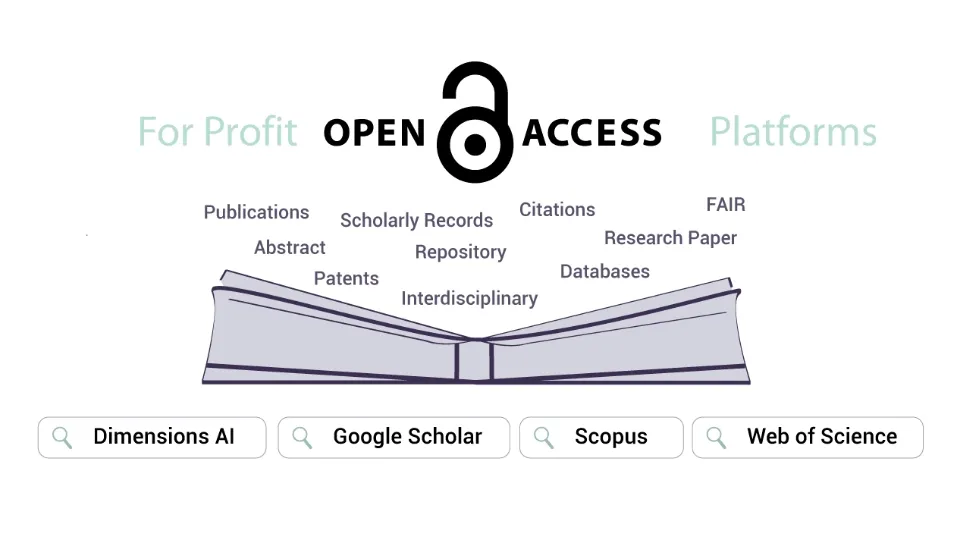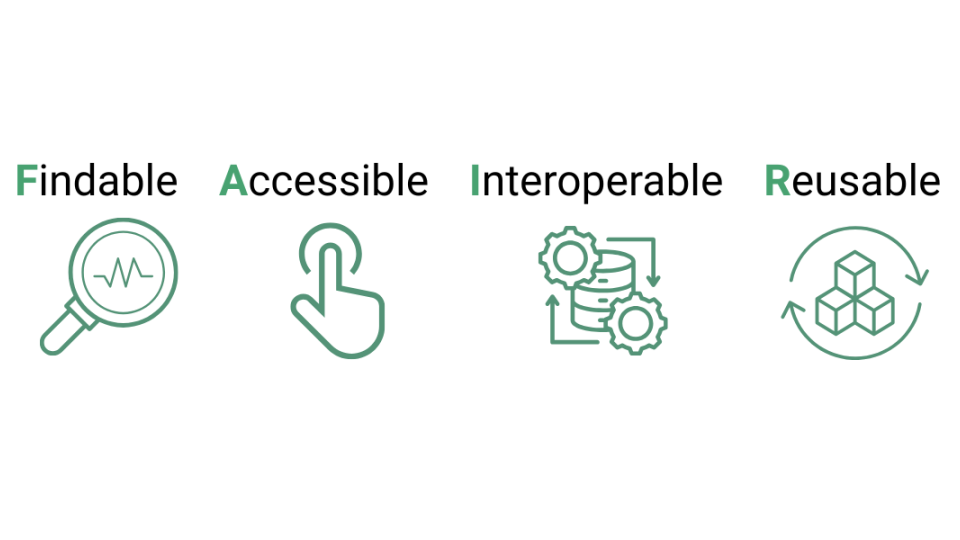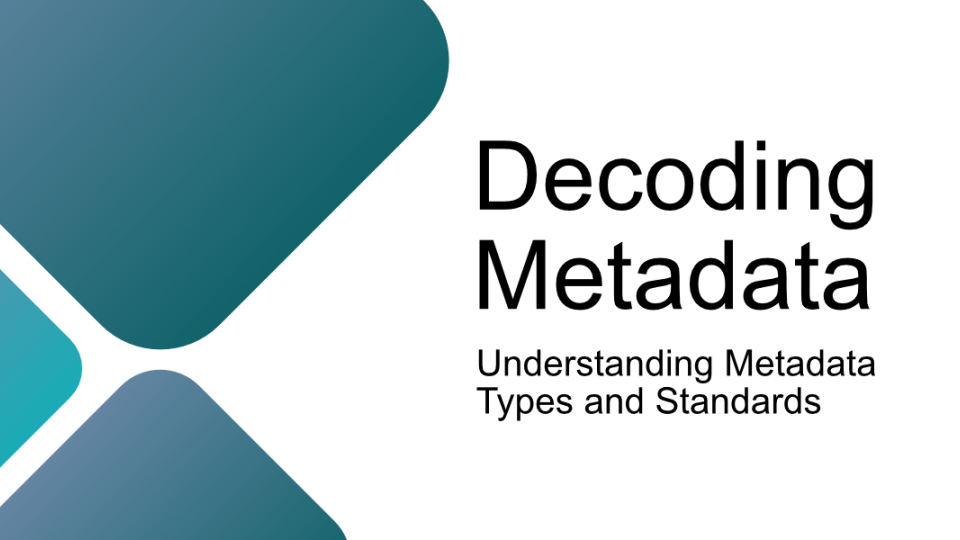In continuation to our previous blog on open access research platforms offered by non-profit organizations, this blog is dedicated to those open access research platforms that are owned and managed by the for-profit organizations like Google and Clarivate Analytics, among others. The aim of this article is not to evaluate these platforms, but rather to give an overview on the availability of different research platforms.
Scopus
Launched in 2004, Scopus has been serving the scientific community for over 14 years, offering trusted and curated content to researchers across the globe. It is a source-neutral, interdisciplinary abstract and citation database, which is comprehensively and carefully curated by independent subject matter experts who are well-recognized in their fields. Several major publishers, including Elsevier, Springer Nature, Taylor & Francis, Wiley Blackwell, SAGE, and IEEE among others are indexed in Scopus. As of the present day, Scopus has over 1.8 billion cited references. Each paper indexed on Scopus has around 10-15% more citations than its closest competitors.
As of March 2023, Scopus covered over 90.6 million core records, with more than 49.2 million patent records derived from five patent offices, including the World Intellectual Property Organization (WIPO), European Patent Office (EPO), US Patent Office (USPTO), Japanese Patent Office (JPO), and UK Intellectual Property Office (IPO.GOV.UK). The oldest record in Scopus dates back to 1788. These records include documents such as articles, books, conference papers, data papers, editorials, etc..
There are different source types covered in Scopus, including serial source types that have an International Standard Serial Number (ISSN) and non-serial source types that have an International Standard Book Number (ISBN). Journals contribute a majority of source content in the Scopus database. As of March 2023, Scopus covered over 26,000 active peer-reviewed journals including 6,128 Gold Open Access journals. Open Access journals are indicated in orange text. To locate the OA journals and articles, the users of Scopus can conduct a Document search, Advanced search, or can use the Scopus sources feature. The OA documents are sourced from Unpaywall, a database handled by the non-profit organization called Impactstory (now known as OurResearch).
Other than journals and various serial publications, including book series, conference materials also cover a major part of the Scopus database. Over 11.7 million conference papers from over 148 thousand conference events constitute the Scopus database, which accounts for around 12% of the total Scopus database content.
With such strong numbers and an extensive database, Scopus has a definite edge over other platforms.
Google Scholar
Google Scholar needs no introduction. Whether we are looking for a specific thesis, abstract, or academic article, the first name that comes across our minds is the name of the academic version of Google, the Google Scholar. It is one of the most explored research platforms that provides a wide range of Open Access materials for conference proceedings, journals, technical reports, and many more resources. It is usually helpful at the beginning of the research process as there are several credible solutions available on the platform. Being a highly intensive interdisciplinary bibliographic database, it helps in finding more reliable and relevant sources when compared to regular search engines (like Google itself). The search results are ranked based on the number of citations, i.e., the more the citations, the better the chance to get on the top of the list.
The platform currently covers articles published between 2017 and 2021, in several languages. Furthermore, the strict inclusion criteria and specifically defined exclusion list, allow only credible and scholarly material, making it one of the most trusted platforms for searching scholarly materials. One of the many pros of the platform is that it is convenient and user-friendly. An interface similar to Google makes it an easy-to-use platform. Furthermore, there are no paid subscriptions or exclusive membership packages, which makes it popular especially among students!
Web of Science
Web of Science is a comprehensive research database and citation indexing tool that provides access to a wide range of scholarly literature across various disciplines. Developed by Clarivate Analytics, it is widely regarded as one of the most inclusive and authoritative sources of scientific information for researchers, academics, and professionals looking to explore and stay updated on the latest developments in their respective fields. The comprehensive coverage and citation indexing make it a valuable resource for exploring the scholarly landscape, tracking research impact, and identifying key papers in various disciplines.
It offers a vast collection of high-quality, peer-reviewed scholarly content from journals, conference proceedings, patents, and more. It covers a broad range of disciplines, including natural sciences, social sciences, engineering, arts, and humanities. One of the outstanding features of Web of Science is the ability to index citations, which allows users to track the influence and impact of a particular article by providing detailed information about citations.
This feature is particularly useful for understanding the scholarly conversation around a specific topic and identifying key papers in a field. The platform provides powerful search tools that enable users to conduct targeted searches based on keywords, authors, affiliations, publication titles, and more. The platform also covers modern-day necessities by offering the My Research Assistant tool, a new mobile app that brings the power of the Web of Science to the users’ mobile phone or device.
While Web of Science is a powerful research tool, it does have some limitations. Its coverage may not be as comprehensive as other databases, particularly in certain niche areas or emerging fields. Additionally, access to full-text articles can be limited depending on institutional subscriptions. However, despite these limitations, the Web of Science remains a widely used and respected resource for academic research and citation analysis.
Dimensions AI
Dimensions AI is an advanced research platform that leverages Artificial Intelligence (AI) and Machine Learning (ML) technologies to facilitate scholarly research and discovery. It offers a comprehensive suite of products and services, which are designed to assist researchers in navigating the vast landscape of scientific knowledge. One of the key strengths of Dimensions AI is its vast and diverse database, which encompasses a wide range of scholarly content. It includes articles from a multitude of reputable journals, preprints, conference papers, patents, clinical trials, policy documents, and more. This extensive coverage allows researchers to access a broad array of research outputs across various disciplines and sectors.
The AI capabilities of Dimensions AI enable users to perform sophisticated searches and extract valuable insights from the available data. The platform's advanced algorithms can analyze large volumes of information and provide relevant and tailored results based on user queries. This can be particularly useful for researchers who need to explore specific research topics or identify connections between different areas of study. Furthermore, it offers several powerful analytical tools that help researchers gain deeper insights and make evidence-based decisions. It also provides visualization features that enable users to generate charts, graphs, and interactive visual representations of data, facilitating data exploration and interpretation. Additionally, the platform offers bibliometric analysis, citation tracking, and collaboration network visualization, allowing researchers to assess the impact of research outputs and identify potential collaborators. The platform also integrates with institutional repositories, making it convenient for researchers to access full-text articles and other resources directly from their affiliated institutions.
However, it's important to note that Dimensions AI is a subscription-based platform and access to its advanced features and capabilities may require a subscription or institutional affiliation. This could limit its accessibility for individual researchers or institutions with budget constraints.
Of course, no one resource is perfect, and it is always better to mix and match to find the best possible solutions. As an open researcher, who believes in being FAIR, it is always better to look for options that are not behind the paywalls, are transparent, and are reliable. With these platforms listed and explained in one place, we hope we have contributed a little to making your research journey easier.
In summary, Dimensions AI is a robust research platform that harnesses AI and machine learning to enhance the research and discovery process. Its extensive database, AI-driven search capabilities, powerful analytics tools, and integrations with other research platforms make it a valuable resource for researchers seeking to explore and extract insights from scholarly literature.



